Why the SKS?
I have a passion for deep powder but face the reality of living in the midwest, which results in 2-4 trips to the mountains per year and the rest of the time spent riding in Wisconsin or Michigan. I owned a mountain sled in the past; however, I wanted something less biased to the mountains so that I would be more likely to ride in the midwest. Not many years ago, I used to look at sleds in the "crossover" class as a joke when it came to deep snow. However, the research I did on more recent offerings from Polaris, Cat, and Skidoo suggested they performed well in the deep.
Quite honestly, choosing a crossover was not something I saw coming when I started my research, and even more surprising was landing on the Polaris. My initial desire was to get an Arctic Cat Alpha or the new Ski-Doo Summit Turbo. However, neither seemed particularly practical for Midwest riding.
Once I started comparing crossovers, the big drivers were power, mountain sled pedigree, weight, and track options. Power is self-explanatory because who doesn't want as much as they can get? In terms of handling, I like how easy mountain sleds are to get on one ski and how well they balance, so I didn't want to stray from a predominantly mountain chassis. This meant I was looking for a relatively narrow ski stance and mountain ergonomics. Weight was on my radar because the lighter it is, the easier it is to maneuver and get unstuck. The track and its corresponding lug height are critical when it comes to putting power to the snow. I knew I needed to compromise and felt that I would be setting myself up for better performance in hardpack and hopefully longer track life by going with a less aggressive lug height. I also believe shorter lugs, which lead to higher track speeds, can be competitive with taller lugs, which results in lower track speeds for a given engine configuration. All that said, I started looking at Polaris because of their new 850 engine. From my research, it produced more power than the Cat 800, as it should being an 850, and was comparable to the Skidoo. Most importantly, though, it seemed like a significant improvement in robustness compared to their previous 800 engines. I like the Polaris 850 compared to the Skidoo because Polaris went with a semi-direct injection system that naturally uses fewer parts, resulting in less weight and complexity. Lastly, since the engine has been out since 2019, I felt comfortable giving it a try since I haven't read about too many significant issues. The Axys chassis was intriguing to me; however, I'd had no first-hand experience riding one before buying my SKS. I've been a long time Cat rider and have heard many people talk about how similar the chassis were to one another. Having ridden Cats for so long, I quite honestly just wanted to experience something different. Simply put, the SKS consists of an RMK front end and the IGX rear skid and suspension. From a weight standpoint, all the crossovers, unfortunately, weighed in heavier than their pure mountain counterparts. The SKS, according to the spec sheets, suffered the smallest weight increase penalty out of all the crossovers. I begrudgingly accepted the weight penalty in exchange for what I've learned is a better performing rear suspension. I'm also optimistic that I can put the sled on a diet and work the weight back down in the future. Having started riding deep powder when a 141" track was considered long, I had a lot of respect for track lengths in the 140s and felt I would get a little better midwest performance out of the 146 without sacrificing much mountain performance. When looking at track length and track options, I felt the SKS offered the right combination. I've ridden many mountain sleds that featured 2.25" lugs that worked very well, so taller offerings didn't enamor me. I also believe the 2.25" track will hold up better when deep snow isn't plentiful. To wrap up why I went with the SKS over the Arctic Cat Riot and Skidoo's crossover, I believe it is the best combination for my deep powder trips and regular midwest rides. I wanted the most powerful, reliable engine I could get, a capable mountain chassis, the lowest weight, and a track that would work well in various conditions. My Modification Strategy While I'd love to try out many aftermarket parts, the reality is they're expensive, void the warranty, and without getting a chance to ride the sled, it is hard to decide what is necessary. In my experience, it takes time to get to know the machine; each rider likes a little different setup, and there are a lot of factory adjustments that can be made before aftermarket parts are necessary. That said, my modification strategy for this year is primarily driven by durability and safety. SKS mods I knew I needed to make The most frustrating thing about buying anything is when you know going in that you'll need to make some changes, especially when the machine is brand new. Unfortunately, the SKS, in my opinion, wasn't going to be perfect out of the gate. Through reading various forums and Facebook groups, I learned that a large contingent of SKS riders had problems with track ratcheting in deep snow. Riders were having to run their track tension super tight to limit the ratcheting, but the problem was not going away even then. Not only is this annoying, but it will cause the track to wear out prematurely. The cause of the issue is the use of a subpar driver, the gear-like drum that engages and rotates the track. The factory driver probably works fine for trail applications, but it is not remotely adequate for deep snow applications. To resolve the track ratcheting issue, I opted to install an aftermarket anti-ratchet driver. These drivers feature longer teeth and more positive engagement with the track windows. The installation of the driver isn't necessarily complicated. However, it does require a lot of disassembly.
In conjunction with the anti-ratchet driver, I also installed an anti-stab kit, which helps prevent tree stumps or other objects from pushing the track up into the tunnel and causing the rails to skewer the track by stabbing through the track's windows. I don't think this is a mandatory mod, but I felt it was cheap insurance.
The bumpers on the SKS and many Polaris sleds look like they could be broken if you stare at them too hard. Experience has taught me that the bumpers are not places to sacrifice strength because they come in handy when deflecting trees or when you ask your buddies to lift your sled out of a deep trench. I opted to install aftermarket bumpers to protect my tuned pipe and my tunnel.
I also opted to install a tether switch right away because I believe they're an essential safety device for you and the machine when riding out West.
Lastly, I picked up the necessary clutch weights and secondary clutch components to set up the sled for higher elevation riding. I opted for Bikeman's stage II clutch kit, which features adjustable weights, a stiffer primary spring, a different helix, and stiffer secondary spring.
Initial Setup I made my first ride with the narrow 39" ski stance, factory suspension settings, handlebars and controls set to my liking, and all the modifications mentioned above implemented, except the clutch mods. I'm 6'2" and purchased the sled with the tallest handlebar riser available from Polaris. Initial Impressions I chose to break-in the sled in Wisconsin before taking it out west. Ahead of my trip out West, I put on 185 miles riding ditches, trail, and deeper lake effect snow. I was pleased with the factory suspension settings and felt the sled was set up to offer easy maneuvering in deep snow. The sled has a tippiness feel to it that gives you confidence that when you want the sled to go on edge, it will do so without fuss. Riding at a brisk pace on the trails necessitates the rider to transfer their weight to assist the sled through corners. Making changes to ski stance and suspension settings would entice the sled to behave more gracefully on the trail. However, I spend so little time on the trail that I doubt I'll go to the effort of exploring these alterations further. For how I ride trails, the more aggressive mountain configuration works just fine. Power is on-demand and thoroughly enjoyable. Under most conditions, getting the skis to point skyward is an easy task and will put a smile on anyone's face. Acceleration is crisp and exhilarating. Even when flying across a lake at 40mph and then pinning it will result in instantaneous ski lift and an even bigger grin. Calluses and blisters are the results of getting acquainted with the pull of the 850. Deep Powder Performance Our first trip of the year was an early January trip out to West Yellowstone. Our group had a mix of four-stroke and two-stroke sleds ranging in track length from 153" to 174". Snow conditions were a mix of baseless powder and 8-12" of powder with a base under it. Ahead of the trip, I installed the Bikeman clutch kit and set it up per their recommendations.
Overall I was thoroughly impressed with how the 146" SKS performed. It was super easy to maneuver, and power was on tap. Initial clutch settings were off, and the engine was over-revving at the specified weights suggested by Polaris and Bikeman. For the 9-10,000' elevation range we were riding in, I found I had to add 2.8 grams of clutch weight over the base weight recommendation of 66 grams. In total, I was running 68.8 grams, which consistently had the motor turning between 8250 and 8300 RPMs during extended pulls. Once I adjusted the clutch weights, the engine and clutch setup worked incredibly well. Backshifting was very quick, and I never felt like the engine was out of sync with my throttle commands.
The factory gearing, I felt, was very close too. The only time I ever felt there was a little "spool up" time between engine and track was when I was at a dead stop and trying to get unstuck. In this scenario, there's a lot of track resistance, and the engine has to rev to build power, so there's a slight delay. However, whenever operating in the powerband, the engine was always able to pull hard. Deep snow maneuvering was precise, and, compared to past experiences, this chassis was much easier to initiate and maintain maneuvers. I felt getting the sled to sidehill, turnout of climbs, and maneuver, when it was more or less vertical, were all easier than previous sleds I've ridden. One especially apparent characteristic was how well the sled handled transitions from powder to hardpack while side-hilling. On more than one occasion, while attempting to cross hardpack tracks while sidehilling, I've been spit off the sled because the machine got so upset. On the SKS, I made these transitions easily, and the sled absorbed the changing snow conditions with minimal upset. The only challenge I encountered on the SKS when sidehilling was when riding super steep or marginal terrain. In these conditions, the shorter track of the SKS tends to want to wash out and direct the sled further uphill. This tendency can easily be countered, though, by careful counter steering and throttle management. Climbing How does the sled climb? In my opinion, very well for its given track length. I engaged in climbing battles with my friends on longer tracks and never felt wholly outgunned; however, it would be foolish to say the 146 will keep up with a 174" in the steepest and deepest terrain. Quantifying climbing ability is hard because so much comes down to the riders involved, snow conditions, and chosen lines. I can say that I never ended a day wishing I had a longer track, nor did I feel that there was terrain that I didn't want to attempt to ride because of my shorter track. I also never got frustrated by the "shortness" of the 146" in any of the riding situations I encountered. I actually thought the shorter track was a lot of fun and provides many opportunities to improve riding skills because climbing relative to longer track lengths is a little harder and requires more thought when it comes to lines and turnouts. Plus, getting up something where your longer track friends got stuck is a blast.
Weight
Was the extra weight of the crossover sled noticeable? Not to me, but I've always ridden sleds that have been comparable in weight and have never ridden a mountain sled with a marketed weight in the low 400s. Cooling I love to keep my engine happy, so I like to ride with my display showing RPM and coolant temp. In deep powder and on full power pulls, coolant temps were a steady 95 degrees. The only time coolant temps increased were on the trails. Freshly groomed, icy trails were the worst, causing temps to climb as high as 135 degrees, still below any programmed display warnings. Trails with some loose snow resulted in temps somewhere in the middle of the two extremes depending on how much loose snow was available. Cooling the machine off when it reaches high temps is a simple matter of finding some powder so the heat exchanger can do its job. Proceeding forward, I'll likely add scratchers to the skid to aid cooling on icy trails. On start-up, the factory display has a cold engine warning, which I love. The display lets you know how warm the engine temp should be before you start riding. This feature is fantastic because so much damage can occur to engines that aren't warmed up properly. Suspension I chose not to alter the suspension on my sled ahead of riding in the backcountry. My rationale for this was simple. I wanted to establish a baseline for how the sled handled and didn't find anything that bothered me during my Midwest rides. I probably add about 210lbs to the sled when fully geared and packed for those of you interested. I would call the factory suspension settings "the middle of the road" with adjustability in either direction when it comes to shock preload and how the suspension is set to transfer weight. While I'd like to explore making some adjustments, I can't say right now whether doing so will result in improved climbing or other attributes. At this point, all I can say is that it seems like there is a fair amount of adjustability so that riders can configure the sled to their liking. The most significant difference I noticed between my SKS and other mountain sleds I've ridden is how much more compliant the rear suspension feels. The SKS features the IGX rear skid, which is quite a bit heavier than pure mountain skids; however, with it comes a much better rear suspension when dealing with bumps and changing terrain. When I ride the SKS, I get the sensation that the rear end is firmly planted and in contact with the ground when crossing rough terrain, whereas, with mountain skids, I feel like the roughness of the terrain is being passed right into me.
Creature Comforts
I'm someone who requires a lot of water to stay hydrated out in the backcountry, which usually necessitates packing one or two bottles in my backpack, which gets heavy. On the SKS, the under-seat storage is very accommodating. I can fit three quart-sized water bottles, my insulated jacket and have a little room left to spare. Ahead of the instrument cluster is heated storage, which allows me to squeeze in an extra pair of goggles. There is also plenty of space on the tunnel itself if someone wants to carry extra fuel or supplies. Annoyances So what don't I like about the SKS? Honestly, nothing major at this point outside of the items I already addressed on day one. Right now, I'm disappointed that my handguards have already broken. One mount broke when I rolled the sled over getting unstuck, and one handguard cracked. One of the two under-seat storage zippers has come apart, and I need to try to get it to mesh correctly again. The sled likes to accumulate snow and ice near the running boards, which requires removal throughout the day. The right front footwell is the most annoying of these places and usually requires breaking the snow mass up to extract it. All the other areas can be cleared by hand or foot. The slush that accumulates on top of the tunnel from the heat exchanger running back and forth can make for a wet pack if you're not diligent about where you put it. From a maintenance standpoint, it seems like verifying wrench clearance and accessibility was something the Polaris team did not scrutinize much. For example, when changing clutch weights, a standard ⅜" box wrench does not fit well around the nut. In other areas, even with crows feet, getting fasteners to the torques outlined in the service manual is all but impossible because there is not enough room to maneuver. Removing the rearmost brake caliper bolt is an exercise of patience because it is situated blindly in a cramped area with minimal tool access. Some of these issues can be overcome by grinding wrenches or making special tools, but most people won't be equipped out of the gate and will likely find these things frustrating. Conclusion I think the fairest question to ask in concluding this review is, "would I make this purchase again?" Despite some of the pitfalls I've described and modifications I've made, my answer to this question is yes! I'm having a ton of fun riding the sled, and it's given me a new appreciation for crossover sleds. The sled is one of the easiest I've ever ridden in terms of backcountry maneuverability, and I love the overall configuration. After I initially set the sled up, it has been gas, oil, and go. The 850 engine's power is incredible, and I love duking it out with my counterparts riding longer tracks. I can't wait to see how it does on even deeper snow days! To keep up with my snowmobiling adventures and other projects be sure to sign-up for my emails and follow me on social media! - Paul
THE WORKSHOP CHRONICLES UPDATES
2 Comments
Luke
8/1/2022 06:22:30 pm
What anti-ratchet did you put into your sks146?
Reply
Casey
10/16/2023 12:25:37 am
What anti ratchet sprockets did your get are they from IceAge products??
Reply
Leave a Reply. |
Paul Olesen💡Engineer + Educator + Designer🛠 Archives
September 2021
Categories |

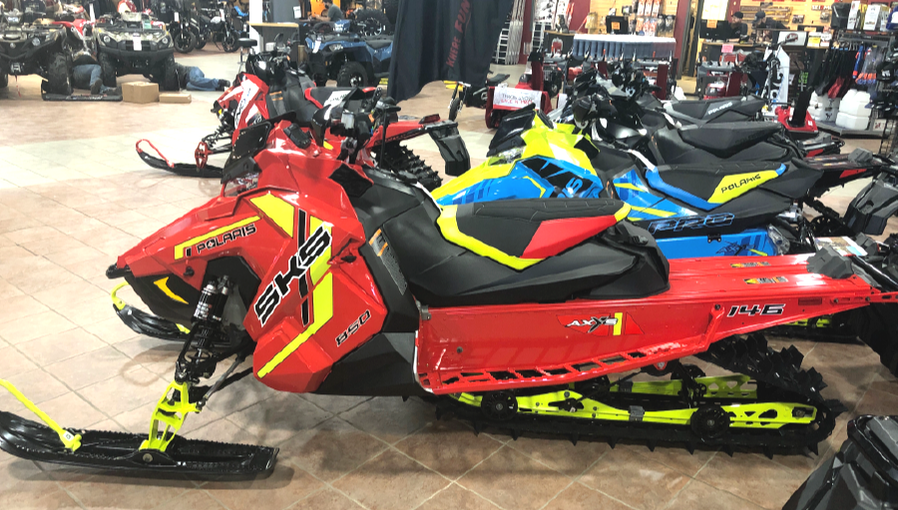




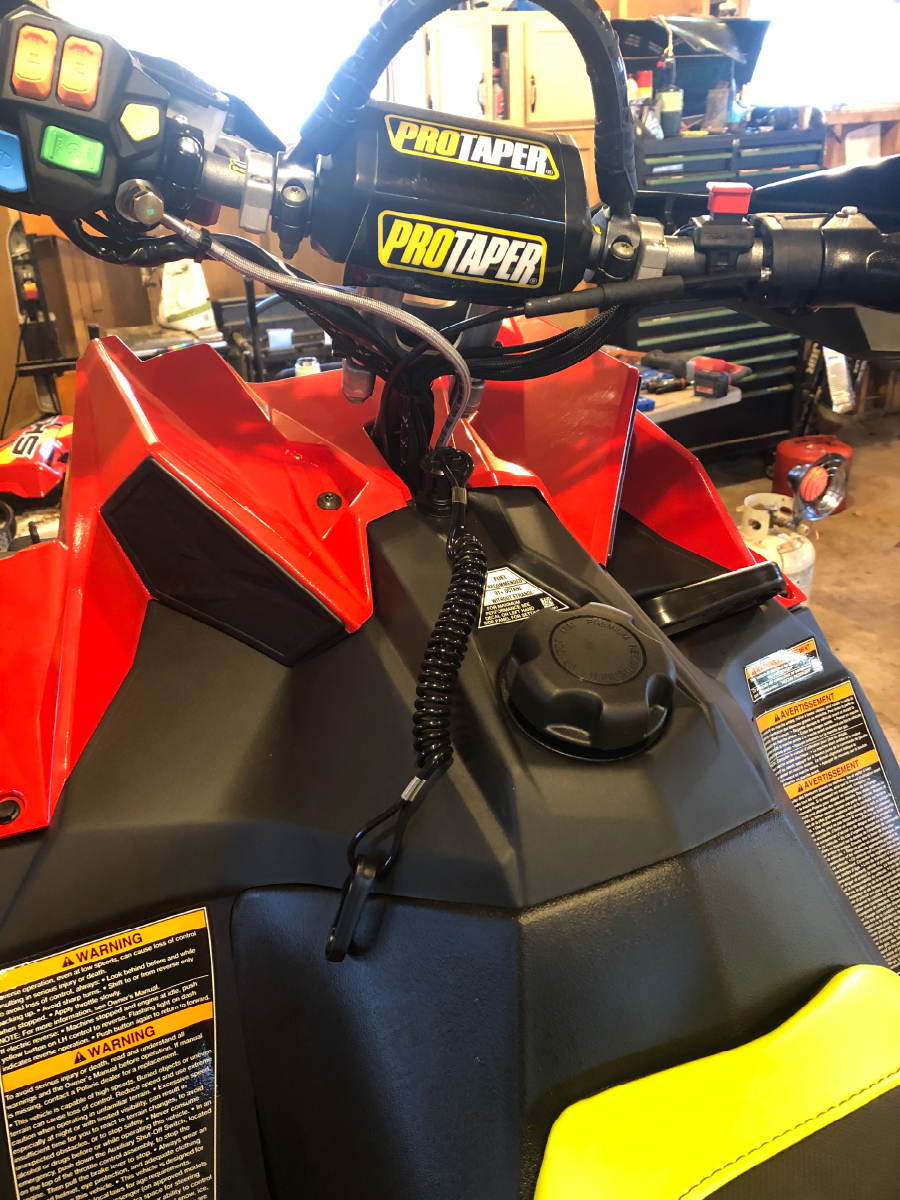

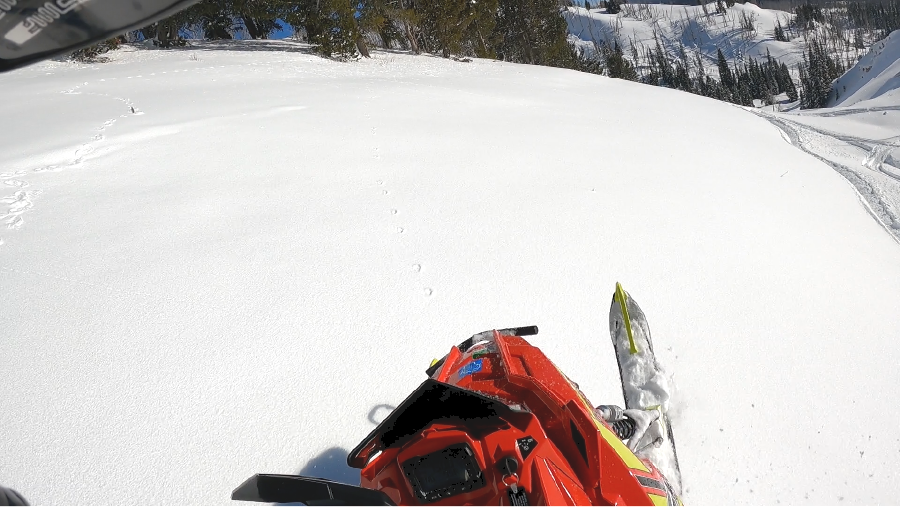
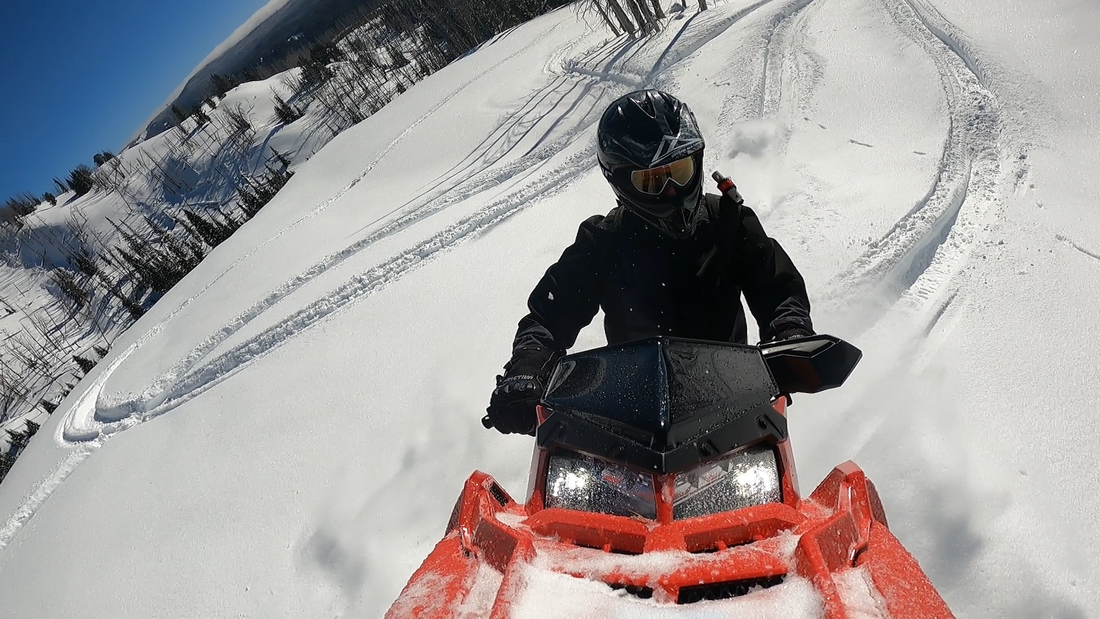
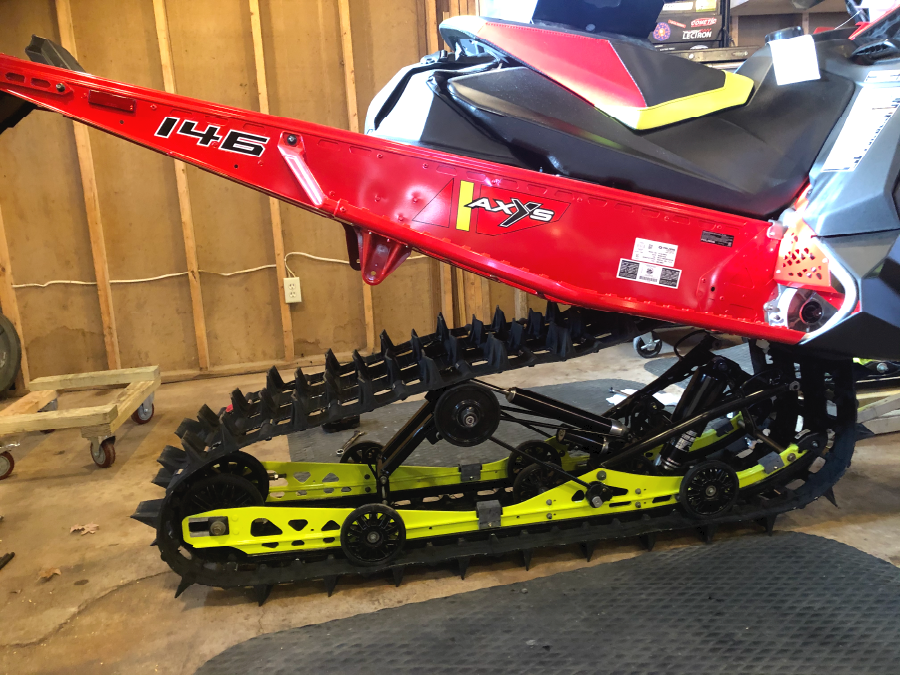

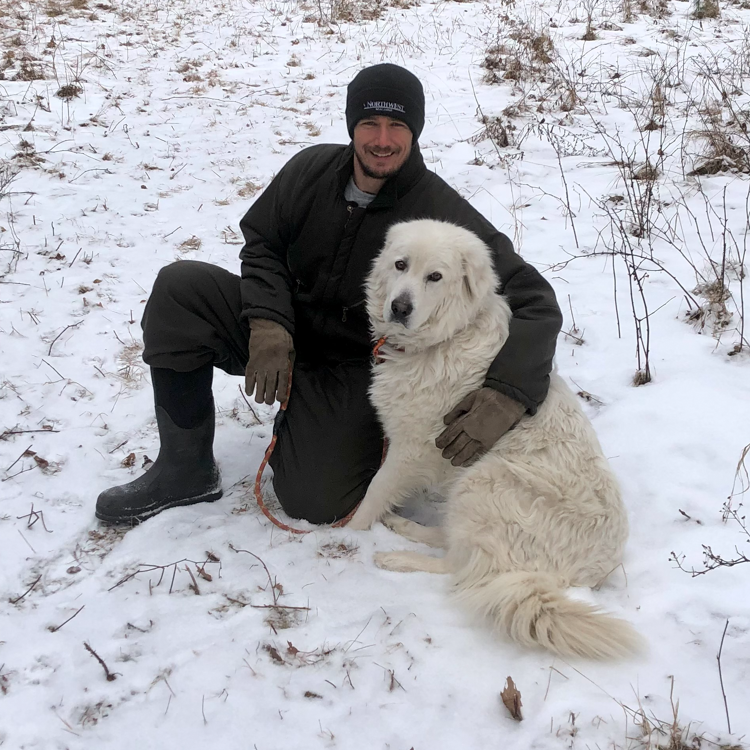
 RSS Feed
RSS Feed